What is the Standard Format for Research Papers?
For research papers, there are a number of formatting styles, each with its own distinct guidelines and instructions. However, typically, research papers follow a basic format that includes sections like the title page, abstract, introduction, and body.
Here is the basic research paper format sample:
Research Paper Format
|
The above research paper format template precisely addresses all the essential parts of a research paper in a straightforward manner.
You should know that different types of research papers require different formatting styles. Now, we will explore the specific formatting guidelines provided by APA, MLA, Chicago, and IEEE paper formats.
APA 7 Research Paper Format
The standard guidelines for formatting a research paper in the 7th and latest edition of APA style (American Psychological Association) are:
Font:
- Use a standard font such as 12 pt Times New Roman or 11 pt Arial throughout your paper.
Margins:
- Set 1-inch margins on all sides of the paper.
Line Spacing:
- Apply double line spacing throughout the entire paper.
APA Running Head (if applicable):
- If you're submitting your paper for publication, include an APA running head on every page. This is a short version of your paper's title and shouldn’t exceed more than 50 characters
Paragraph Indentation:
- Indent every new paragraph by 0.5 inches (or press the tab key once).
Typically, the APA format is practiced in scientific papers. If you want help with scientific research paper format, our guide on scientific research papers covers everything you need!
How to Format the Title Page
Here’s what you will include in the title page of your APA research paper:
- The Title of the Paper
- Include the Author's Name
- Mention Institutional Affiliation
- Include Course Information (if applicable)
- Mention the Instructor's Name (if applicable)
- List the Due Date (if applicable)
See this example below of an APA style research paper title page.

Page Header in the APA Format
For research paper format, APA style instructs you to include a page header with every page. The APA research paper format for students instructs you to only include the page number in the upper right-hand corner. For professional papers, you also include a running head on the top left.
See this example for a clear understanding:

APA Format Headings
To format a research paper, APA style provides 5 levels of headings. The level 1 headings are for main sections, such as the discussion section. Levels 2-5 are for subheadings. Here is the format for each level.
Heading Level | Format |
Level 1 | Centered, Boldface, Title Case |
Level 2 | Flush Left, Boldface, Title Case |
Level 3 | Flush Left, Boldface, Italicized, Title Case Begin body text after the period. |
Level 4 | Indented, Boldface, Italicized, Title Case, period. Begin text on the same line |
Level 5 | Indented, Boldface, Italicized, Title Case, period. Begin text on the same line |
Formatting the Reference Page in APA Style
To format your research paper’s reference page in APA style, list all the references on a new page with the title, “References”. Every subsequent line of a single reference will be indented 0.5 inches from the left.
Remember that every single reference list entry has a corresponding in-text citation in the research paper’s body.
Take a look at this example reference page formatted in APA style.

MLA Research Paper Format
Here’s what the main guidelines for MLA style (Modern Language Association) research papers look like:
Font:
- Use a legible font such as Times New Roman.
- Use a font size of 12 points throughout the paper.
Margins:
- Set 1-inch margins on all sides of the paper.
Line Spacing:
- Apply double line spacing throughout the entire paper.
Indentation:
- Indent the first line of each paragraph by 0.5 inches
Capitalization:
- For headings, you should use title case capitalization.
First Page in MLA Style
In MLA style, the title page is usually not required. The necessary information is placed on the first page of the research paper, aligned to the left-hand side. Here's what you should include:
- Title of the Paper: Centered, about one-third of the way down the page.
- Author's Name: Below the title, centered.
- Instructor's Name: Below the author's name, centered.
- Course Information: Below the instructor's name, centered.
- Date of Submission: Below the course information, centered.
See this sample first page in MLA style:

MLA Style Page Header
Every page of your research paper formatted in MLA style must include a page header in the top right corner. The header contains your surname and the page number. Here’s how it will look:

MLA Works Cited Page
When you’re required to format your paper in MLA style, you’ll have to include in-text citations when you refer to a source in the body. For every source cited in-text, comes a corresponding works cited page reference at the end of the paper.
Create a new page and title it, “Works Cited”. Every subsequent line of each reference will be indented 0.5 inches from the left. The infographic below shows how an MLA works cited page looks like:

Chicago Research Paper Format
The Chicago style provides the following general guidelines for research papers:
Margins and Font:
- Set 1-inch margins on all sides of the paper.
- Use a legible font such as Times New Roman or Arial, size 12.
Page Numbers:
- Number all pages consecutively in the top right corner.
Line Spacing:
- Double-space your entire document.
Indentation:
- Every new paragraph should be indented by half an inch (0.5).
Formatting the Title Page in Chicago Style
In Chicago style, the title page isn’t necessarily required. But, if your institution or instructor asks you to include one, here’s what it should include.
- The page number in the top right corner
- Title of the Paper (including subtitle)
- Author's Name
- Class and Course Information (if applicable)
- Instructor's Name
- Date of Submission

Chicago Style Headings
The Chicago Manual of Style doesn’t provide a specific system for formatting headings in your research papers. But it does provide some general guidelines such as:
- Be Consistent: Keep your headings and subheadings consistent in structure throughout your document.
- Capitalize Properly: Use headline-style capitalization, which means you capitalize the first and last words of the heading, along with all major words.
- Format Subheadings: Start each subheading on a new line. You can make them stand out by changing the font size, style, or using bold or italics. Make sure each level of subheading is clear and consistent.
- Hierarchy: Stick to a maximum of three levels of hierarchy for your headings and subheadings.
Chicago Style Reference or Bibliography List
For citing sources in your research paper, the Chicago Style offers two different approaches. Author date system with a reference list and the notes-bibliography system. Just choose one style and remain consistent throughout the paper.
Both the reference page or the bibliography page come at the end of the paper, separately. Center the title "Bibliography" or "References" at the top of the page. Single-space all entries, with a blank line space between entries. Indent subsequent lines of each entry using a hanging indent.
Here is a sample Chicago Style reference page.

IEEE Research Paper Format
When you’re submitting a manuscript for the IEEE (Institute of Electrical and Electronics Engineers) journal, you should follow the guidelines below provided by the IEEE paper format:
Page Size and Margins:
- Use US Letter (8.5 x 11 inches) or A4 paper size.
- Set margins to at least 0.75 inches (1.9 cm) on all sides.
Font:
- Use a clear and readable font, such as Times New Roman or Arial.
- Use a font size of 10 points or larger for the body text.
Line Spacing:
- Apply single-line spacing throughout the document.
Indentation:
- Do not indent the first line of paragraphs. Instead, leave a space between paragraphs to indicate a new paragraph.
IEEE Format Title Page
In IEEE style, the research paper title page generally includes:
- Title of the Paper
- Author's Name
- Author's Affiliation
- Contact Information
- Abstract (usually starts on the title page)
- Keywords (usually after the abstract)
Take a look at this official sample IEEE research paper template to see what the title page lools like:

How to Format Headings in IEEE Style
Using the IEEE style, you can categorize the headings in your research paper into different levels. Take a look at this table below to understand better:
Level | Format |
Level 1 | Indented new line for text |
Level 2 | A. Subsection Heading Indented new line for text |
Level 3 | 1. Sub-subsection Heading: Same line for text |
Level 4 | a) Sub-sub-subsection Heading: Same line for text |
Level 5 | i) Sub-sub-sub-subsection Heading Indented new line for text |
In this format:
- Level 1 headings are typically centered, begin with bold Roman numerals, are written in small caps and title case.
- Level 2 headings are flush left, in bold capital letters, and italicized.
- Level 3 headings are indented, in bold Arabic numerals, and italicized.
- Level 4 headings are further indented, in bold lowercase letters, and italicized.
- Level 5 headings are even further indented, in bold lowercase Roman numerals, and italicized.
IEEE Reference Page Format
In IEEE citation style, citations are typically numbered and appear within square brackets in the order they appear in the text. The full citation details are listed in the reference list at the end of the document.
To format the reference page for an IEEE style research paper, follow these guidelines:
- List the references numerically in the order they appear in the text.
- Number each reference consecutively with Arabic numerals enclosed in square brackets. Separate these brackets from the references.
- Single space all references.
The picture below demonstrates how the reference page looks in IEEE format.

Research Paper Format Examples
It is without a doubt that a vital step in learning how to write a research paper is getting yourself familiar with different research paper formats. In the above sections of the blog, we mentioned the formatting rules according to styles like APA and MLA.
Now, let’s see some sample research paper formats for different kinds of papers.
In summary, knowing how to format your research paper is important. There are different styles like APA, MLA, Chicago, and IEEE, and each one has its own rules. Following these rules helps make your paper clear and easy to understand.
Always make sure to check what style you need to use for your paper, so you can do it right. When you know how to format your paper correctly, you can share your research in the best way possible. You can revisit this blog whenever you need help with formatting your papers!
If professional assistance is what you’re looking for, experts at SharkPapers.com can format your research papers in your preferred style. Our research paper writing service facilitates students and professionals alike with affordable writing help.
Just reach out to our paper writing service online, inform us of your requirements, and leave the rest to certified writing specialists!











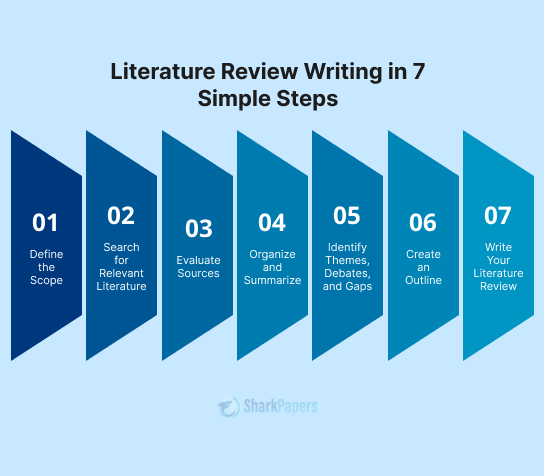





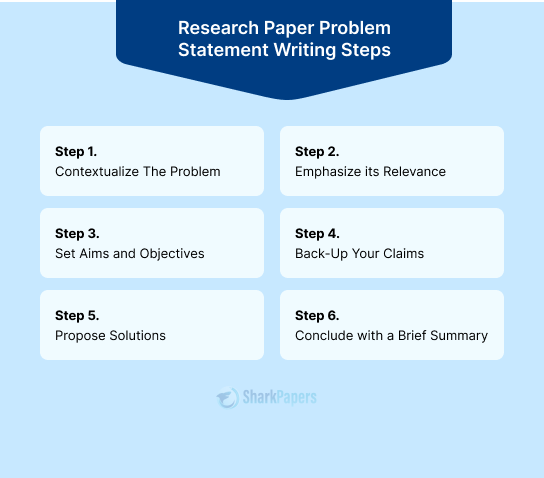
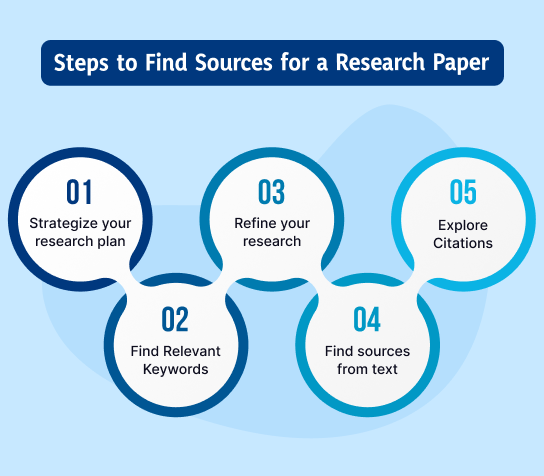
)










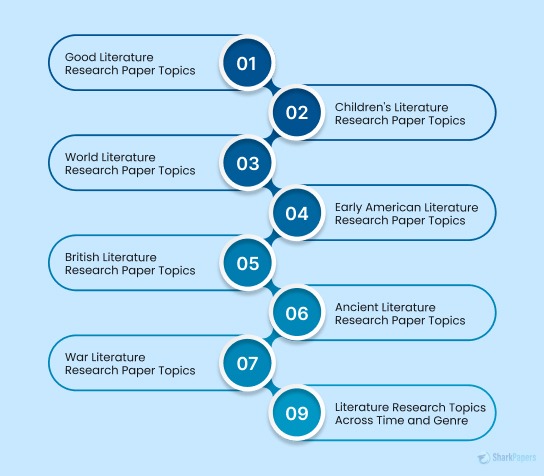




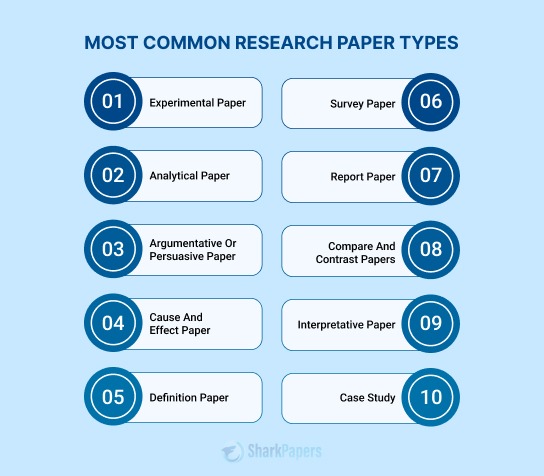

















-12114.jpg)













 Not seeing it? Check Promotions or Spam — inboxes get protective.
Not seeing it? Check Promotions or Spam — inboxes get protective.